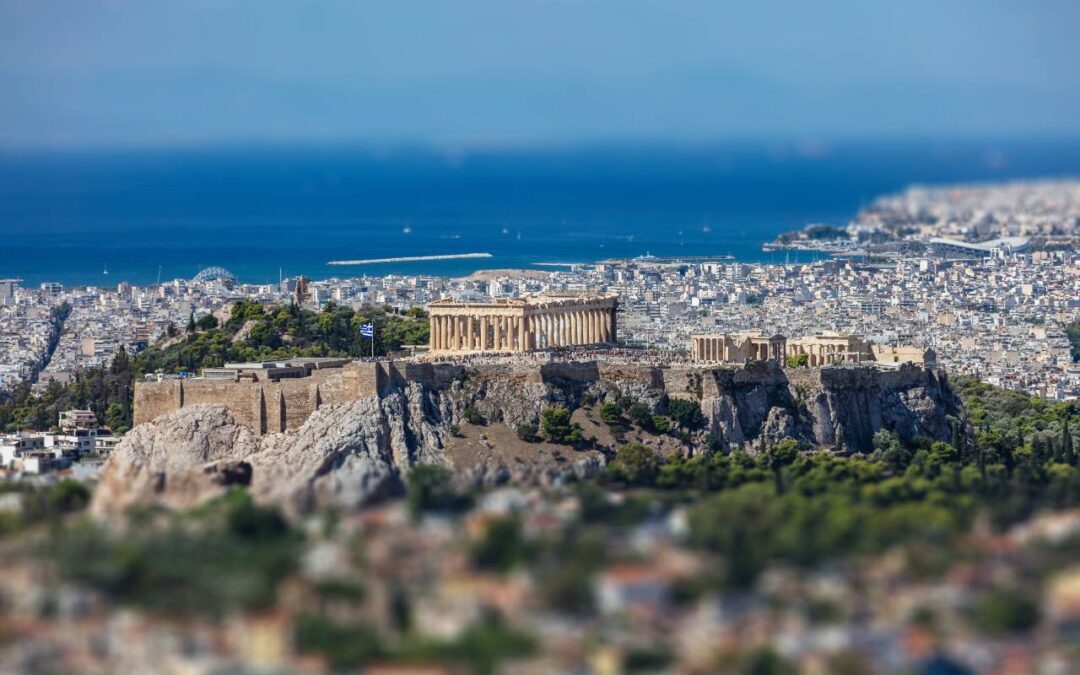The Athens Marathon is more than just a race, it’s a journey through history. Known as the Authentic Marathon, it follows the legendary route run by Pheidippides in 490 BC, from the town of Marathon to Athens. This race is a bucket-list experience for runners who crave a mix of ancient heritage, challenging terrain, and unforgettable crowds.
Whether you’re a seasoned marathoner or a first-timer looking for an epic challenge, this guide covers everything you need to know about running the Athens Marathon, from its historic roots to practical race-day tips.
Why Run the Athens Marathon?
1. A Race Steeped in History
The Athens Marathon is the original marathon, inspired by the legendary run of Pheidippides, who sprinted from Marathon to Athens to announce Greece’s victory over Persia. While the modern marathon distance (42.195 km) was standardized later, this race faithfully retraces those ancient footsteps.
Crossing the finish line at the Panathenaic Stadium, a breathtaking all-marble venue that hosted the first modern Olympics in 1896, is a moment few runners ever forget.
2. A Challenging (But Rewarding) Course
Unlike big-city marathons with flat, fast routes, the Athens Marathon is notoriously hilly, especially in the first half. The course climbs steadily from Marathon to Athens, with a few punishing inclines between kilometres 18 and 31. But the final stretch, descending into the city with the Acropolis in view, makes every uphill battle worth it.
3. Incredible Crowd Support
Greek spectators are passionate, especially in the last 10 km. Locals cheer, offer oranges, and shout “Bravo!” as runners push toward the finish. The energy is electric, making even the toughest miles feel a little easier.
4. Perfect Autumn Weather
Held in early November, the race typically enjoys mild temperatures (12-20°C / 54-68°F). While the sun can be strong, the cooler autumn air is ideal for long-distance running compared to Greece’s scorching summer heat.
Athens Marathon Course Breakdown
The Athens Marathon follows a point-to-point route, starting in the town of Marathon and finishing at the historic Panathenaic Stadium in Athens. Here’s what to expect:
Start Line: Marathon Town (Km 0)
The race begins near the Marathon Tomb, a memorial for fallen Athenian soldiers. The first few kilometres are relatively flat, allowing runners to settle into their pace before the hills begin.
The Uphill Battle (Km 5 – 31)
Around the 10 km mark, the course starts climbing, with the toughest hills between Km 18 and 31. The most infamous section is near Mt. Penteli, where the incline feels relentless. Pace yourself—this is where many runners burn out too early.
The Descent Into Athens (Km 31 – Finish)
After the last major hill, the route gradually descends into Athens. The final kilometres wind through the city, passing landmarks like the National Gallery and Syntagma Square. The last stretch into the Panathenaic Stadium is pure magic—thousands of cheering fans fill the stands as you sprint (or stagger) across the finish line.
Training Tips for the Athens Marathon
Since this course is tougher than most road marathons, proper preparation is key. Here’s how to train smart:
1. Build Hill Strength
Since the first half is uphill, incorporate hill repeats and long runs on inclines into your training. If you don’t have hills nearby, treadmill workouts with an incline can help.
2. Practice Downhill Running
The second half has a net descent, which can be hard on the quads. Include downhill strides in training to prepare your legs for the impact.
3. Adjust Your Pace Strategy
Don’t go out too fast—the early hills will punish you. Aim for a negative split, running the second half slightly faster than the first.
4. Train in Similar Conditions
If possible, do some long runs in warm weather to acclimate. Even in November, the Greek sun can feel intense, especially in the later miles.
Race Day Logistics
Getting to the Start Line
The race starts in Marathon, about 42 km northeast of Athens. Buses shuttle runners from central Athens (near the Zappeion Hall) to the start line early on race morning. Arrive early—traffic can be heavy, and you’ll want time to warm up.
Bag Drop & Facilities
Bag drop is available at the start line, with transported gear delivered to the finish. Portable toilets are available, but lines can be long, so plan accordingly.
Post-Race Recovery
After finishing, grab your medal, refuel with Greek snacks (think oranges, bananas, and sesame bars), and take a moment to soak in the stadium’s atmosphere. The massage tents are a lifesaver if your legs need attention.
Exploring Athens: What to Do Before & After the Race
Since you’re in one of the world’s most historic cities, take time to explore:
Must-See Sights
Acropolis & Parthenon – The iconic ancient citadel overlooking Athens.
Plaka District – Charming streets filled with cafés and souvenir shops.
Ancient Agora – The heart of classical Athens, where Socrates once walked.
Where to Eat
Taverna Saita (Plaka) – Authentic Greek dishes like moussaka and grilled octopus.
Oinomageiremata (Kolonaki) – A cozy spot for post-race souvlaki and wine.
Recovery Spots
Thermae Spa – Relax in natural thermal baths.
Stavros Niarchos Foundation Cultural Center – A scenic park perfect for a slow recovery walk.
Final Thoughts: Is the Athens Marathon Worth It?
Absolutely. While it’s not the easiest marathon, the Athens Marathon is a once-in-a-lifetime experience—a chance to run where history was made. The hills are tough, the crowds are unforgettable, and the finish in an ancient Olympic stadium is unlike any other.
If you’re looking for a marathon that combines myth, challenge, and sheer beauty, this is the race for you. Just train smart, respect the course, and enjoy every step of your journey from Marathon to Athens.
Ready to take on the Athens Marathon? Sign up early—entries fill up fast for this legendary race. And when you cross that finish line, you’ll join the ranks of those who’ve conquered the original marathon. Bravo!

